While we often think we’re the top of the food chain, there are plenty of creatures out there that remind us just how vulnerable we can be. So, whether you’re a thrill-seeker or just love learning about nature’s deadliest, here’s a list of 15 animals that you definitely don’t want to meet in a dark alley.
1. The Stealthy Assassin: Box Jellyfish
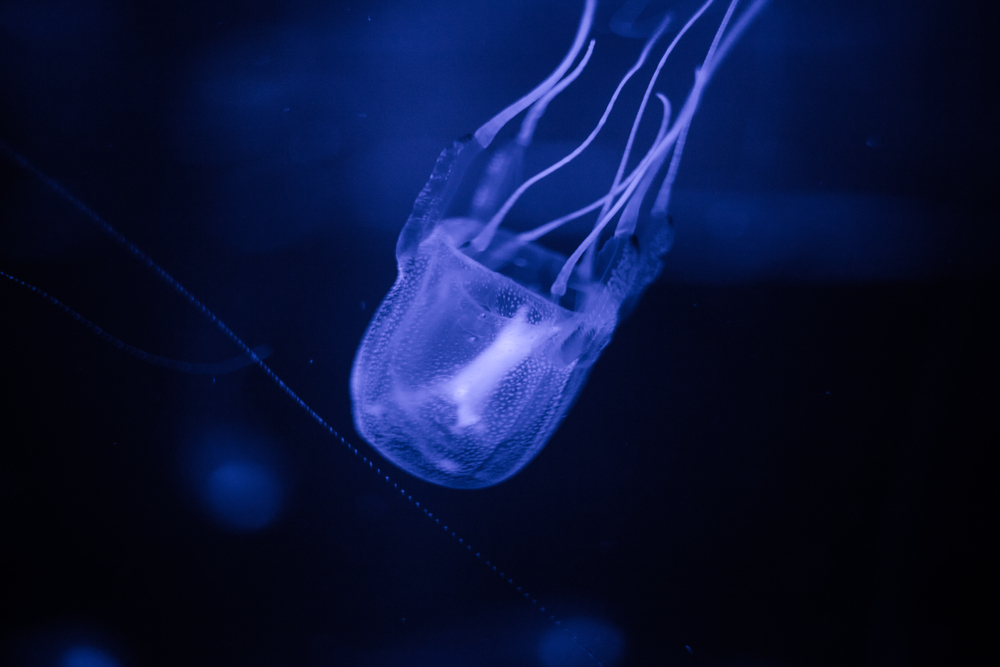
Imagine taking a dip in the ocean and suddenly feeling like you’ve been zapped by a thousand electric volts. That’s the box jellyfish for you, gliding through the water like an innocent blob but packing venom that can stop your heart in minutes. Healthline notes that most types of box jellyfish that are lethal to humans live in the Indo-Pacific region and northern Australia, and their translucent bodies make them difficult to see in the water. Their tentacles can reach up to ten feet in length, and each is lined with thousands of stinging cells ready to fire at unsuspecting prey—or unfortunate swimmers. If the intense pain doesn’t get you, the venom can cause cardiac arrest or paralysis, making it a force to be reckoned with.
What’s even more terrifying is that the box jellyfish doesn’t really care about you; it’s not aggressive by nature. It just happens to have one of the most efficient and lethal defense mechanisms on Earth. So, your best bet is to stay informed and swim in areas that have protective nets and warning signs. If stung, you’d better hope there’s vinegar nearby to help neutralize the venom. It’s a small measure, but sometimes that’s all you’ve got between you and becoming a cautionary tale.
2. The Silent Killer: Mosquito
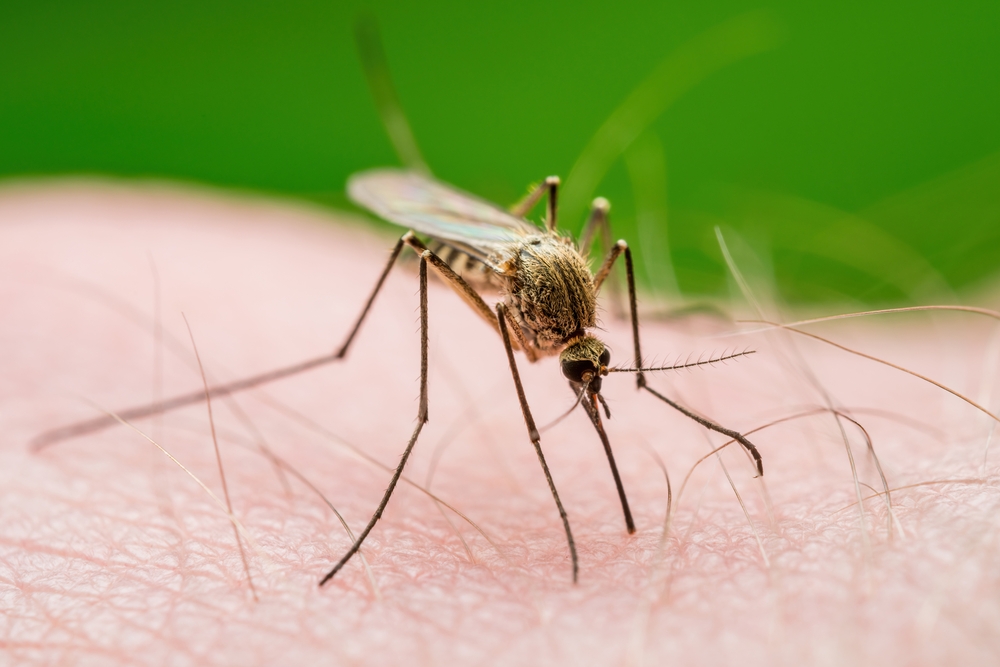
Tiny, annoying, and seemingly harmless—until you realize they’re responsible for more human deaths than any other creature on the planet. Mosquitoes aren’t scary because of their size or their bite itself, but because they act as vectors for some of the deadliest diseases known to man. Malaria, dengue fever, Zika virus, and West Nile virus are just a few of the illnesses these bloodsuckers can transmit. The World Health Organization states that vector-borne diseases, many of which are transmitted by mosquitoes, account for more than 17% of all infectious diseases, causing over 700,000 deaths annually.
The worst part? They’re everywhere, and it’s nearly impossible to completely avoid them. While you can wear repellents, use mosquito nets, and vaccinate against some of the diseases they carry, there’s no foolproof way to avoid mosquito bites entirely. And with climate change potentially expanding their range, they’re only getting harder to escape. They might not have the dramatic flair of a big predator, but their ability to spread disease makes them one of the most efficient killers in the animal kingdom.
3. The Underestimated Giant: Hippopotamus
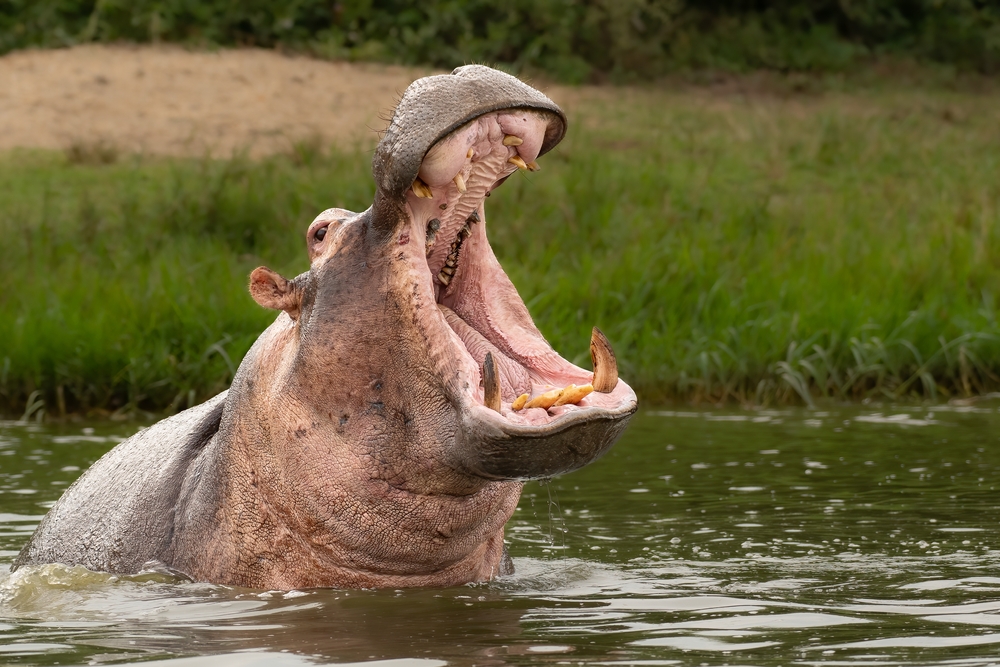
Picture a hippo and you might think of a cute, rotund animal munching on grass or lazily wallowing in water. But these enormous creatures are anything but docile; in fact, they’re considered one of Africa’s most dangerous animals. Hippos are remarkably territorial and aggressive, especially when protecting their young or feeling threatened. With massive jaws that can crush a canoe in half, they’re no laughing matter. Add to that their surprising speed—reaching up to 19 miles per hour on land—and you’d better be quick on your feet if you encounter one.
Despite being herbivores, hippos have no qualms about asserting dominance and can kill with ease. They’re responsible for more human fatalities in Africa than lions, and often, people underestimate their prowess. Whether you’re on a riverboat safari or simply enjoying the view from the shore, it’s crucial to respect their space. It’s one of those situations where ignorance isn’t bliss—being hippo-smart can literally save your life.
4. The Silent Stalker: Saltwater Crocodile
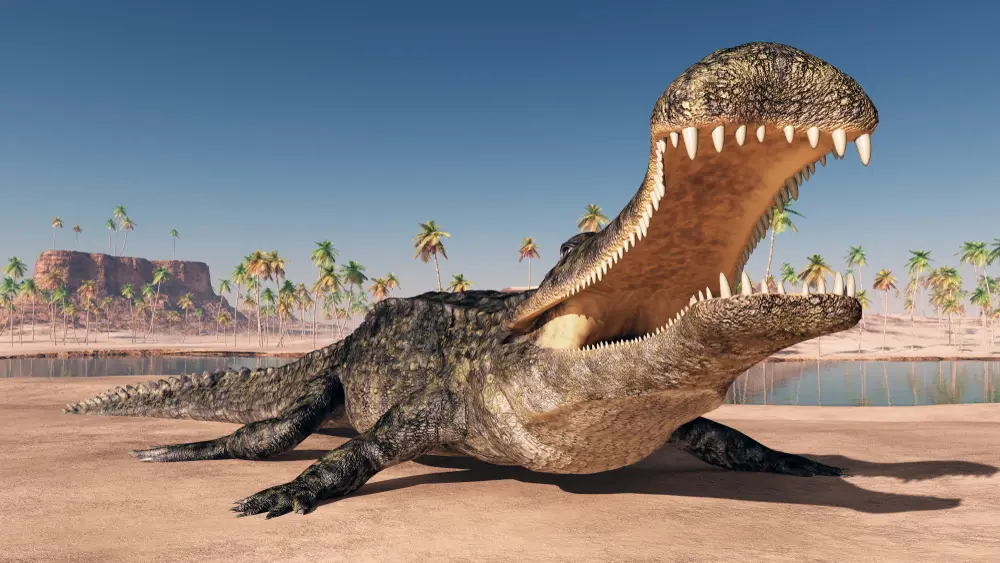
Imagine a creature that’s been perfecting its predatory skills for millions of years—that’s the saltwater crocodile for you. These prehistoric giants can reach lengths of over 20 feet, making them the largest living reptiles and a true force of nature. Found in the brackish and freshwater regions of Southeast Asia and Northern Australia, these crocs are ambush predators of the highest order. They lie in wait, completely submerged except for their eyes and nostrils, before launching a lightning-fast attack on their prey.
The saltwater crocodile’s bite is among the most powerful in the animal kingdom, capable of exerting thousands of pounds of pressure per square inch. Once they have a hold, there’s little chance of escape as they employ a terrifying “death roll” to subdue prey. Humans who stray too close to their territory risk becoming another statistic, as these apex predators will not hesitate to attack if given the opportunity. It’s a reminder that sometimes, the scariest threats are the ones you don’t see coming.
5. The Master of Disguise: Cone Snail
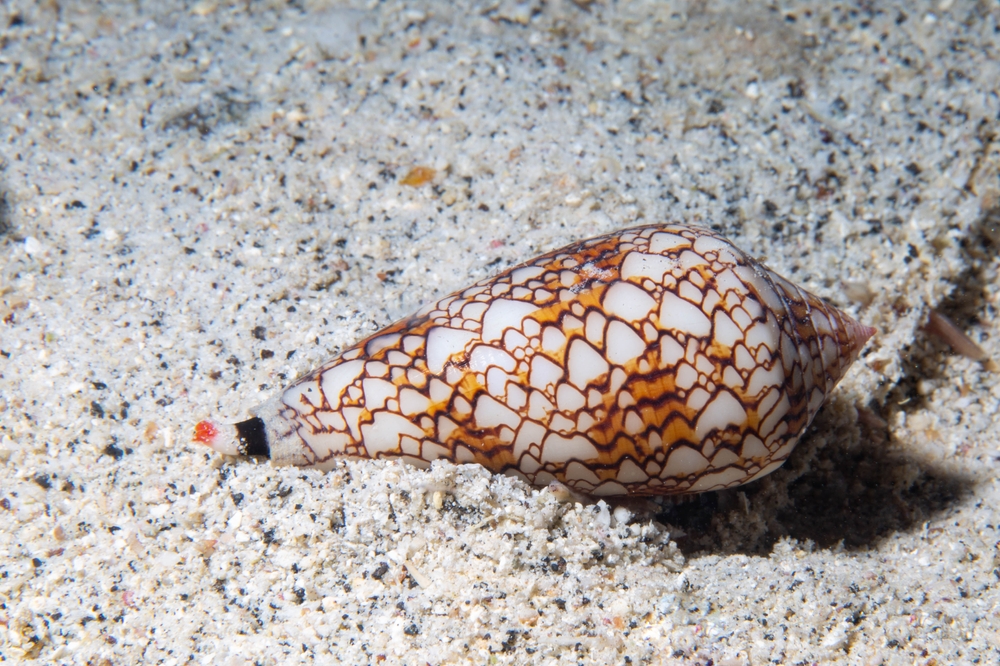
It might look like a pretty shell you’d want to pick up on the beach, but the cone snail is anything but harmless. Found primarily in the tropical waters of the Indo-Pacific, this small mollusk packs a punch with a venomous harpoon-like tooth. Capable of shooting out lightning-fast to paralyze prey, its venom contains a cocktail of toxins that can be fatal to humans. Known as “cigarette snails,” they get their nickname because the venom can kill you in the time it takes to smoke a cigarette.
What makes the cone snail particularly scary is that there’s no antivenom available. If stung, you’re left relying on supportive medical care to get through the ordeal. The good news is that they’re typically not aggressive and will only sting if provoked. So, while they’re fascinating creatures, it’s best to admire their beauty from afar and leave them undisturbed on the ocean floor.
6. The Night Hunter: African Lion
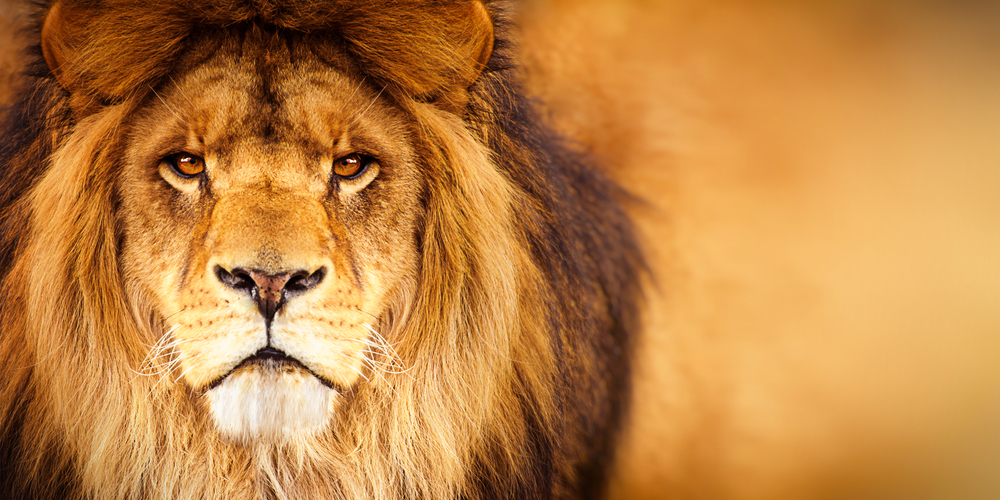
Majestic, powerful, and undoubtedly one of the most iconic predators on Earth, the African lion is as deadly as it is awe-inspiring. These big cats rely on teamwork, stalking prey under the cover of darkness and using their impressive strength to bring down large animals. While human encounters are relatively rare, they can be deadly if people encroach on lion territory or are unsuspecting campers in the African bush. Lions have been known to attack humans when food is scarce or if they feel threatened.
The roar of a lion may be awe-inspiring, but it also serves as a reminder to keep your distance. Safaris and national parks provide a unique opportunity to see these magnificent creatures in their natural habitat safely, but it’s essential to follow guidelines and respect their space. Remember, while they might look like giant versions of house cats, lions are wild and unpredictable. Giving them the respect and distance they deserve ensures that both humans and lions can coexist peacefully.
7. The King of the Jungle: Bengal Tiger
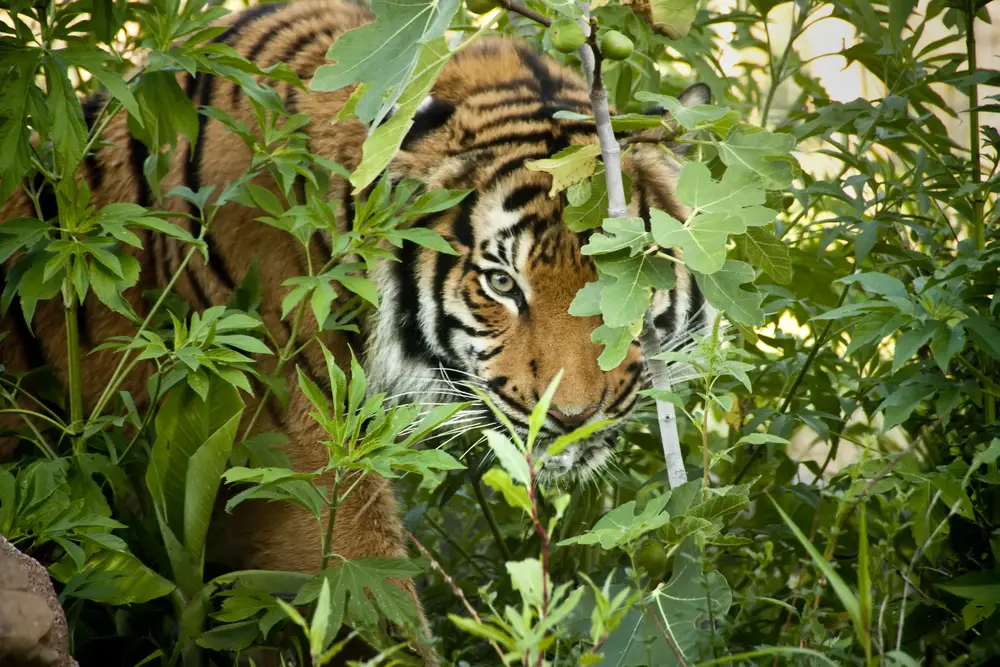
If there’s one animal that truly embodies the term “apex predator,” it’s the Bengal tiger. With its striking orange coat and black stripes, this big cat is both beautiful and deadly. Found in the dense jungles and grasslands of India and Bangladesh, Bengal tigers are solitary hunters, using stealth and power to take down prey. They’re known for their incredible strength, capable of dragging an animal as large as a buffalo through dense jungle.
While attacks on humans are not common, they do happen, especially in areas where tiger habitats overlap with human settlements. These majestic cats have been known to turn to man-eating when old or injured, or when their natural prey is scarce. Conservation efforts aim to protect these magnificent creatures while minimizing human-tiger conflicts. Admiring them from a safe distance is a privilege, and respecting their territory is crucial for their survival and ours.
8. The Unseen Menace: Inland Taipan
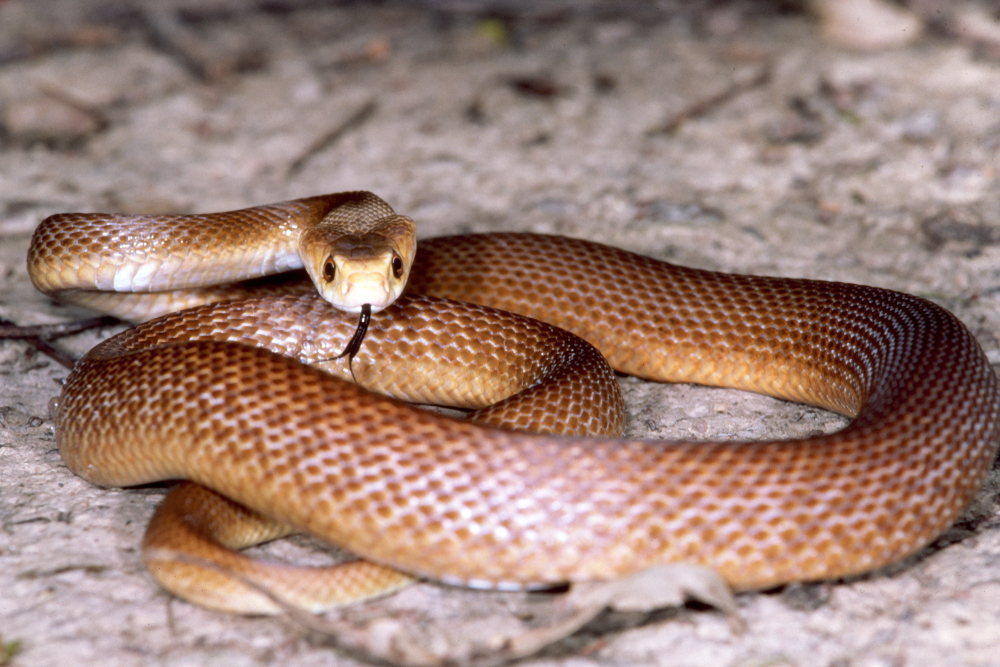
When it comes to snakes, few are deadlier than the inland taipan, also known as the “fierce snake.” Found in the remote regions of central Australia, this snake is rarely encountered by humans, which is a good thing considering its venom is the most toxic of any snake on Earth. One bite can deliver enough venom to kill over 100 adult humans, and it acts fast—paralyzing the nervous system and coagulating blood. The good news is that the inland taipan is not aggressive and will usually avoid confrontation.
Despite its fearsome reputation, it has been responsible for very few human fatalities, primarily due to its reclusive nature and the scarcity of human-tai pan encounters. If bitten, immediate medical attention and antivenom are essential. It’s a stark reminder that in the vast and varied animal kingdom, it’s often the creatures you see least that pack the most dangerous punch. So if you’re trekking through Australia’s outback, make sure you’re educated on the local wildlife and always tread carefully.
9. The Apex Predator of the Seas: Great White Shark
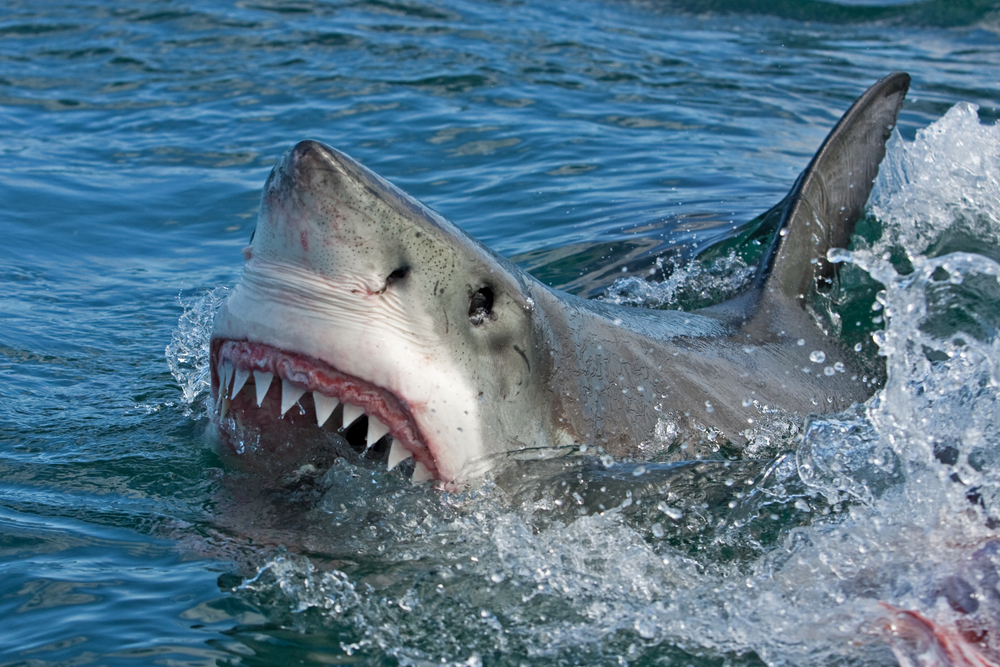
The very mention of great white sharks is enough to send shivers down the spine of beachgoers everywhere. Immortalized in popular culture as the ultimate ocean predator, these sharks have a fearsome reputation. With razor-sharp teeth and a powerful jaw, they can tear into prey with ease. Found in coastal waters around the world, great whites are known for their impressive size, reaching up to 20 feet in length and weighing several tons.
While shark attacks on humans are rare, when they do occur, they can be devastating. Great whites are often curious creatures, sometimes biting unfamiliar objects to understand them, which can lead to accidental human encounters. Despite their fearsome reputation, these sharks play a crucial role in marine ecosystems and are often misunderstood. Conservation efforts are essential to ensure their survival and maintain the delicate balance of the ocean food chain.
10. The Queen of the Savannah: Black Mamba
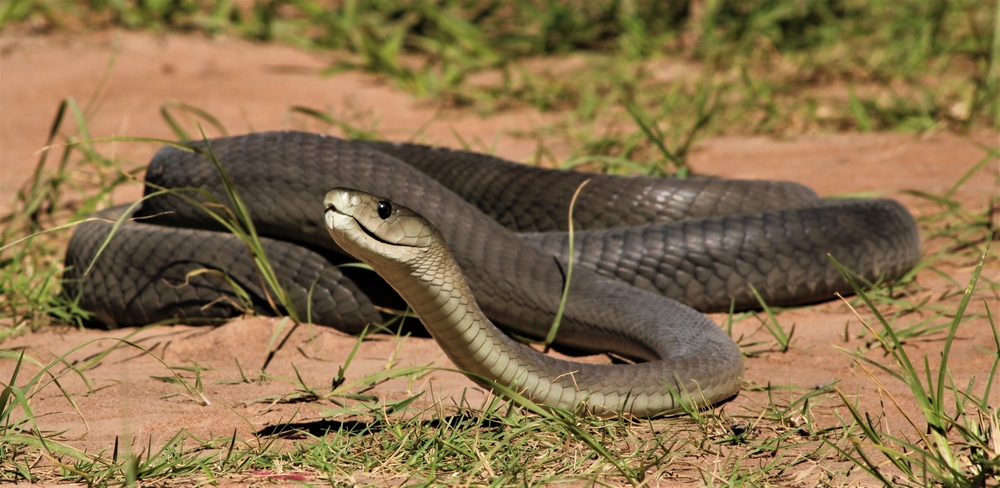
If speed and aggression had a poster child in the snake world, it would be the black mamba. Known as the fastest land snake, capable of reaching speeds of up to 12 miles per hour, the black mamba is both feared and respected throughout Africa. Its name comes from the dark, inky color of the inside of its mouth, which it displays when threatened. The venom of a black mamba is highly potent, and a single bite can be fatal if antivenom is not administered quickly.
Despite its reputation, the black mamba is not typically aggressive and will usually avoid humans. However, if cornered or threatened, it will not hesitate to strike. The snake’s speed and agility make it a formidable opponent, and its bite can deliver a lethal dose of neurotoxins that act quickly on the nervous system. Education and awareness are crucial when living in or visiting areas where black mambas are found, as knowledge can often mean the difference between a dangerous encounter and a safe one.
11. The Stealthy Ambusher: Leopard
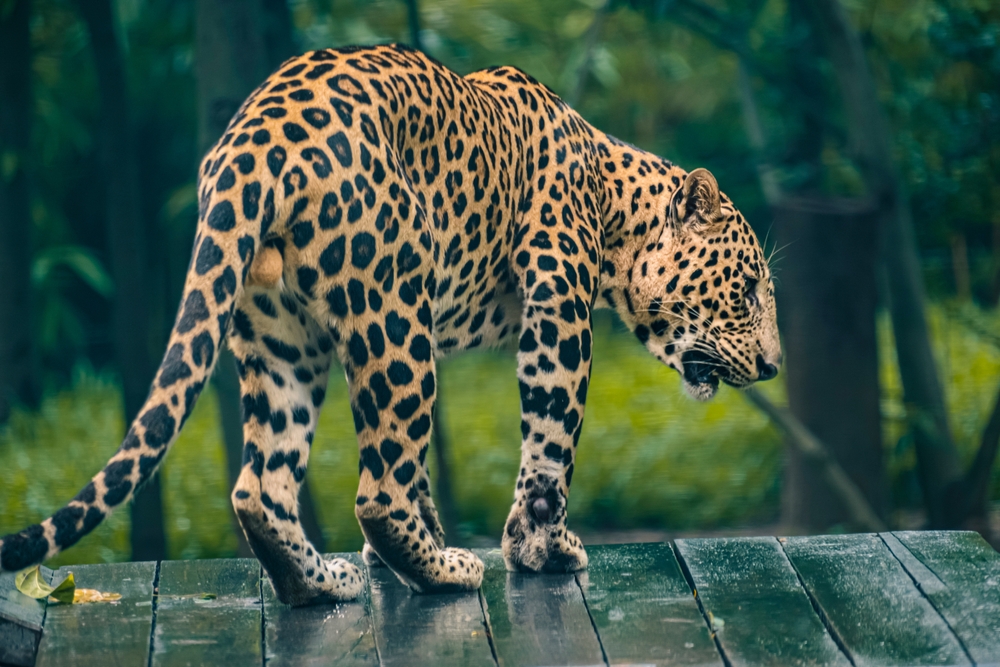
Leopards are the ultimate stealth predators, with their spotted coats providing perfect camouflage in the dappled light of their forest and grassland habitats. Found in various parts of Africa and Asia, leopards are solitary animals known for their incredible strength and adaptability. They’re capable of hauling prey twice their weight up into trees to avoid scavengers, showcasing their immense power. While they typically avoid humans, leopards can become dangerous, particularly if they feel threatened or are cornered.
Human-leopard conflicts often arise when leopards are forced to enter villages in search of food due to habitat loss and prey depletion. Despite their potential danger, leopards are elusive and prefer to keep their distance from humans. Conservation efforts focus on preserving their natural habitats and reducing human-wildlife conflict. Understanding and respecting these magnificent creatures is vital for their protection and for ensuring human safety.
12. The Master of Venom: Brazilian Wandering Spider
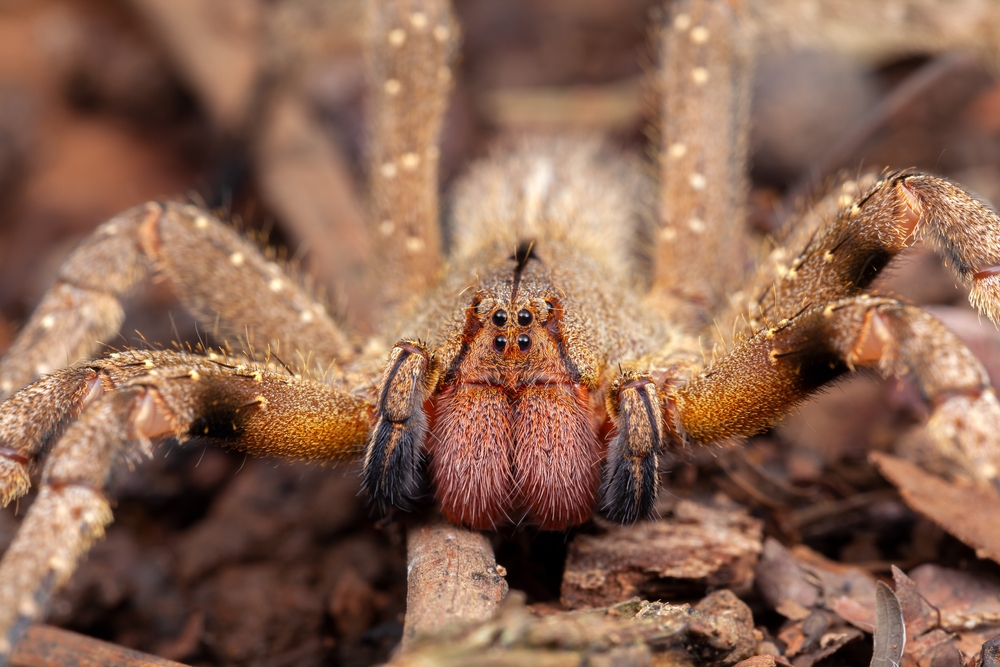
If you thought spiders were unnerving, wait until you meet the Brazilian wandering spider. Known for its aggressive nature and potent venom, this arachnid tops the list of the world’s most dangerous spiders. Found in tropical South American regions, it prefers to hide in dark places during the day and roam the jungle floor by night, hence the “wandering” moniker. Its venom is a potent neurotoxin that can cause severe pain, paralysis, and even death in humans if left untreated.
Despite its fearsome reputation, bites are relatively rare, and antivenom is available. Brazilian wandering spiders are not typically aggressive unless provoked, so many encounters occur when people inadvertently disturb them. It’s a reminder that sometimes the most dangerous animals are those that we don’t see coming, lurking in the shadows but ready to defend themselves if necessary. Respect and caution are key when navigating areas where these formidable spiders reside.
